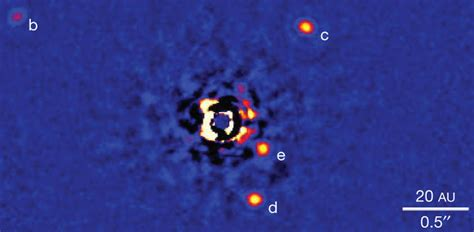Recently, I came across a graph showing the heart rate of both Neil Armstrong and Buzz Aldrin during their moonwalk. Buzz was quite relaxed during the whole thing, while Armstrong’s heart rate was (understandably) elevated.
It’s fascinating to compare this with their actual activities.

Apollo 11 touched down in the Sea of Tranquility in 1969. If you can imagine the Eagle landing on the pitcher’s mound of a baseball field, you can get an idea about their movements. In essence, with this being the first of a number of planned missions, the goals for Apollo 11 were conservative. Their priorities were to land safely and bring back at least a contingency sample, but the real science and exploration would occur on later missions.
The yellow areas show where the astronauts walked, which was basically between first base and third base, with Neil being the only one to venture into the outfield. It was this particular walk that caused his heart rate to spike in the first graph. Whether that was from the physical exertion or the sense of trepidation in being so isolated, or perhaps a little bit of both, is difficult to tell. As they were venturing into the unknown, I’m pretty sure my heart rate would have been even higher.

When we think of the Apollo missions, it’s easy to lament the lack of human exploration in the last fifty years. Some have even suggested we’ve gone backward, but we haven’t. We’ve realized robots and probes are far more practical and capable and can travel far further with less cost and less risk, so we’ve sent out Voyager and Cassini and New Horizons to explore the solar system.
When it comes to human exploration, my 21-year-old daughter has NEVER known a time when there weren’t astronauts in space. We have had a continuous presence on the International Space Station for well over two decades now! Although it might seem like we’re only slowly gearing up for NASA’s Artemis missions to return to the Moon and eventually to head to Mars, we have gathered an astonishing amount of valuable experience with life on the International Space Station.
Honestly, Apollo was decades ahead of its time. What NASA was able to accomplish with slide rulers and antiquated computers is utterly astonishing. The keyfob you use to open your car door has more computing memory than the computer that guided Neil and Buzz to the lunar surface! Your iPhone is somewhere in the order of 100,000 times more powerful than the Apollo guidance computer.
Neil was prescient when he said, “This is one small step for (a) man. One giant leap for mankind.” Over half a century later, we’ve mapped the cosmic microwave background, we’ve imaged black holes, we’ve measured gravitational waves as black holes collide, and we’ve even seen planets orbiting other stars. We’re still making giant leaps!

I’m looking forward to what comes next!

 newest »
newest »
 newest »
newest »
 Is that a Louisville Slugger lying in the dirt in front of Aldrin? Excellent article, by the way. I remember this day clearly.
Is that a Louisville Slugger lying in the dirt in front of Aldrin? Excellent article, by the way. I remember this day clearly.
 Big Game James wrote: "Is that a Louisville Slugger lying in the dirt in front of Aldrin? Excellent article, by the way. I remember this day clearly." Remarkably, digital artists have been able to unfold the reflection in his visor to see what Buzz was looking at when Neil took this photo, and it clarifies that the "slugger" is part of the landing sensor probe beneath the landing pad (which let them know they were about to touch down)
Big Game James wrote: "Is that a Louisville Slugger lying in the dirt in front of Aldrin? Excellent article, by the way. I remember this day clearly." Remarkably, digital artists have been able to unfold the reflection in his visor to see what Buzz was looking at when Neil took this photo, and it clarifies that the "slugger" is part of the landing sensor probe beneath the landing pad (which let them know they were about to touch down)  Thanks for the reply and links, Peter. The "lunar surface sensing probe" and Aldrin's visor photos certainly explain the "slugger." I've looked at these photos for decades and this was the first time I had even noticed the lunar surface sensing probe.
Thanks for the reply and links, Peter. The "lunar surface sensing probe" and Aldrin's visor photos certainly explain the "slugger." I've looked at these photos for decades and this was the first time I had even noticed the lunar surface sensing probe.







